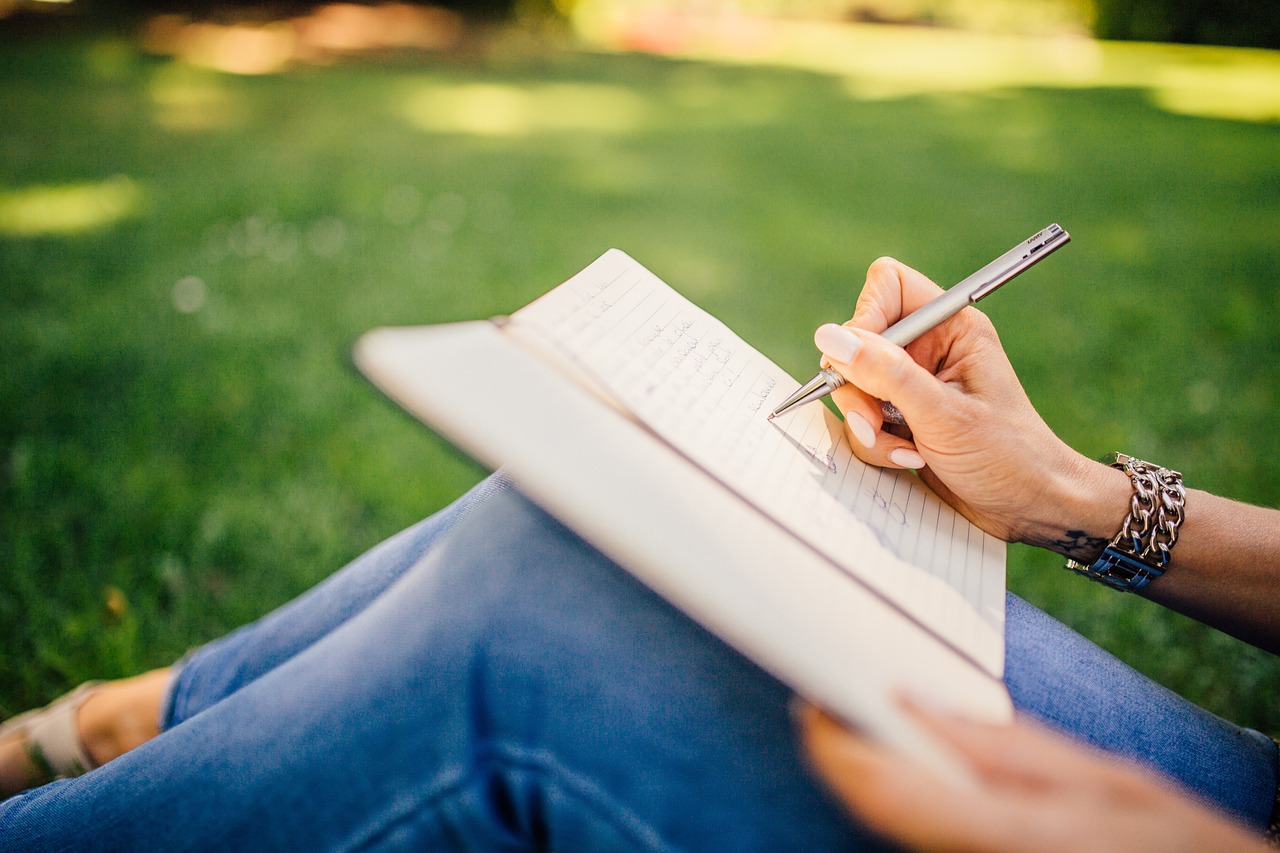
Planning a vegetable garden from scratch is an exciting part of gardening. I love it because there are so many possibilities during the planning stage, and because it’s a way to keep your gardening hobby going during the off-season. Now is the best time to start planning; it really makes the prep work so much easier afterwards. In this blog post, we’ll go over the important things you need to know when planning your garden plot so you can create a garden that works for you!
Key Elements of Successful Garden Planning
Know your zone: Understanding your plant hardiness zone is crucial for selecting the right crops and timing your planting, and the first thing I check is the last frost date. Check out our post on plant hardiness zones if you’re unsure which one you’re in.
Find the perfect spot: Look for an area in your garden with good drainage and at least a few hours of sunlight daily. If you don’t have your own gardening space, don’t fret — you’ve got options! Cultiville connects you with homeowners willing to rent out parcels on their property for your use. Sign up now for our waitlist and be the first to access Cultiville’s directory this spring!
Figure out your sun exposure: Check how much sun your garden gets since different plants prefer different light levels. Look for areas with full sun, partial shade, or full shade.
At Cultiville, we make it easy for you. Each listing tells you all the information you’ll need to know about your Garden Patch, like its type of sun exposure. Plus, when you reserve a plot with Cultiville, you’ll get a free guide that’s all about helping your plants grow well in their specific sunlight conditions.
Choose your gardening method: Your gardening method is how you intend to make your Garden Patch. For a seasonal rental plot, you have three options – in-ground, raised bed, or container growing.
- In-ground beds: In cities such as Montreal, Toronto, and Vancouver, urban areas often face soil contamination from past industrial activities, posing potential health risks. Since plants absorb water and nutrients from the soil, contaminants present in the soil can also end up in the plants.
- While in-ground beds may be suitable for cut flower gardens, we strongly advise against using them for growing food unless thorough soil testing and precautions have been taken. Raised beds and container gardening are safer alternatives for growing food, providing easier end-of-season removal, reduced risk of contamination, and better soil control.
- Raised beds: The golden rule of building raised beds is to use what you already have. A recent study found that urban gardening can have a bigger carbon footprint than conventional farming. As it turns out, a lot of it has to do with building infrastructure using new materials. If structures were instead made from recycled materials, gardens would be carbon-competitive with regular farms. Be sure to check out our post on No-Till methods for some raised bed inspiration.
- Container gardening: It’s great for gardening in cities. Fabric grow bags, for example, are light, help with drainage and airflow, and can be brought inside in winter. You can even keep plants like pepper plants over winter because they can survive year after year! I’ve seen wonderful gardens made from upcycled water jugs, flower pots, and even an old Lufa farm container. Reusing what we have is great for our wallets, and even better for the environment.
Choosing the Right Crops
Planting Seeds or Buying Plants: Deciding whether to plant seeds or buy established plants depends on factors like your timeline and budget. If you have less time until your planting date, opting for plants can give your garden a head start. On the other hand, if you’re looking to save money and have the time to nurture seeds, starting from seeds can be a cost-effective option for your garden.
Select your veggies: When choosing veggies, pick the ones that match how much sunlight your garden gets. Know when the first and last frost dates are in your area, and choose veggies that can be harvested within that time window. It’s good to have at least three different vegetables: one you love to eat, one that’s new to you, and one that’s easy to grow.
Don’t forget the flowers!: Planting flowers with your veggies can offer several benefits. They attract the pollinators you need, but did you know they can also help control pests, improve soil structure, inhibit weed growth, and act as physical supports for your prized produce? Oh, and they’re super pretty. Aim for varieties that bloom throughout the season, so that pollinators have a continuous food source, and pests always have a trap, promoting a healthy and balanced ecosystem in your garden.
Planning your garden is such an exciting moment filled with possibilities. By considering factors like your plant hardiness zone, sun exposure, and gardening method, you can create a thriving and enjoyable garden experience. Cultiville is here to support you every step of the way, offering expert guidance, valuable resources, and a growing community of fellow gardeners. Sign up now for our waitlist and be the first to access our new website this spring.
See you next time!
Sophie